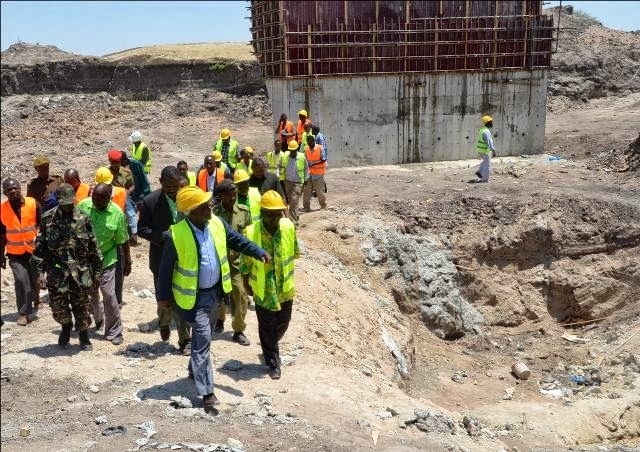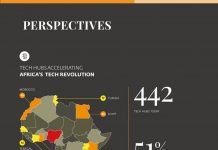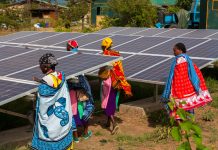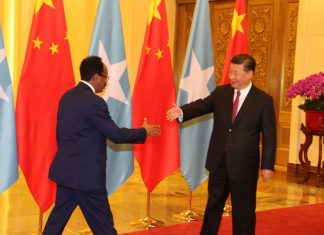Construction Trends in Africa
By AfSB Staff
Deloitte just released its second annual Africa Construction Trends Report, a regionally focused presentation of 322 infrastructure construction projects that had broken ground, but not yet commissioned, by June 1, 2013. Each of the projects presented is valued at more than US$50 million.
“The world is hard at work on the African infrastructure masterpiece. The continent is being molded and shaped to raise infrastructure in a bid for greater self sufficiency and global competitiveness,” Deloitte declares at the beginning of the report.
But the report, which is produced by Deloitte Southern Africa in collaboration with the firm’s African member firms, worries that this massive infrastructure thrust is on shaky ground.
“At this stage, the African masterpiece remains fragile, vulnerable to being dropped, chipped or malformed,” it concludes. “Can the artisans to whom the continent’s future form is entrusted work with the required care? They, after all, hold one of the most important potential masterpieces of the world in their hands.”
Not surprisingly, more than one-third (36 percent) of the continent’s infrastructure project investment is in the energy/power sector. Transportation accounts for the next highest investment, at 25 percent, followed by mining, real estate, water and oil and gas. Other investment sectors include healthcare, telecommunications, education, agriculture, shipping and ports, and social development.
Southern Africa has the highest number of projects (124, or 38 percent), followed by East Africa (93 projects, or 29 percent), West Africa (66 projects, or 21 percent), North Africa (22 projects, or 7 percent) and Central Africa (17 projects, or 5 percent).
In addition to extracting trends based on publicly available information, Deloitte’s 2013 report identifies who owns, who builds, and who funds African construction projects. It shows that Europe and the United States, not China, dominate the continent’s construction landscape.
According to Deloitte, European and U.S. construction companies are building 37 percent of the projects in the sample, against the 12 percent being built by Chinese corporations. Private contractors and companies—mainly from Japan, South Korea, Brazil, Australia and South Africa—are building the remaining 51 percent.
As for ownership, the predominant owners of these projects are African governments, at 56 percent equity; private European and the U.S. companies, at 17 percent; and private domestic investors, at 10 percent. Public-private partnerships have 4 percent equity, while intra-African investors have 2 percent. BRIC members (Brazil, Russia, India, China, South Africa) and other Asians hold the remaining equity.
Funding for the 322 projects comes from a variety of sources. These include international and Africa-based development finance institutions; African governments; Chinese, European and U.S. stakeholders; private domestic investors; foreign institutional investors; and from India-based and intra-African funding structures.













